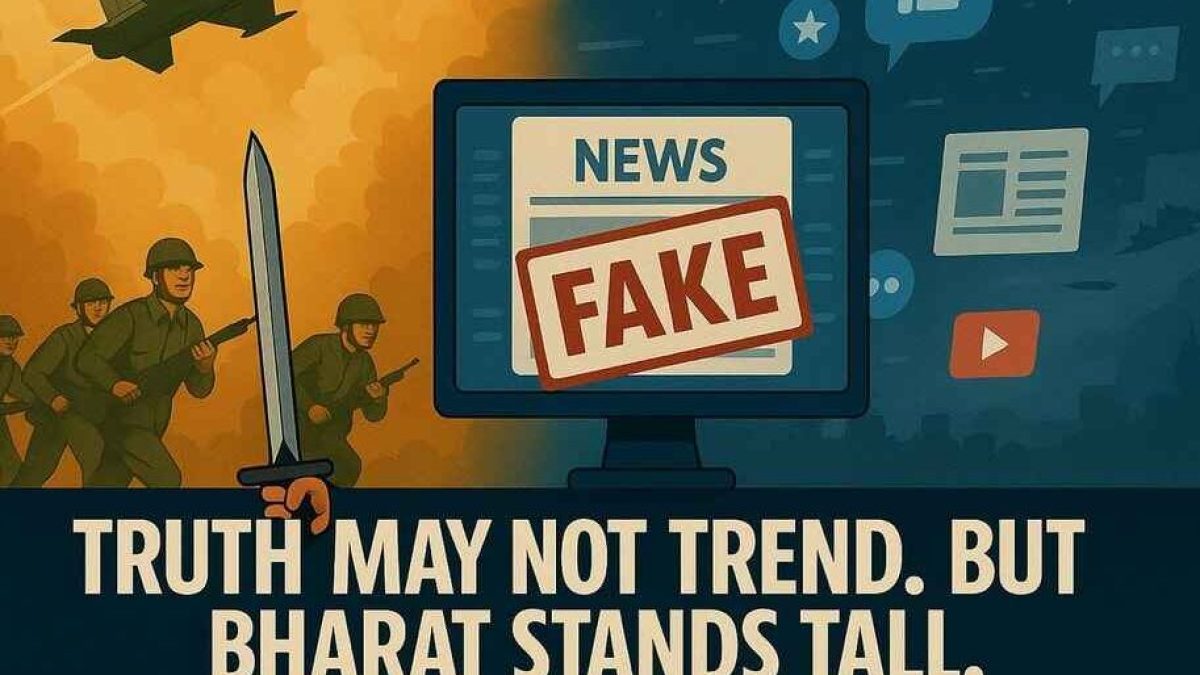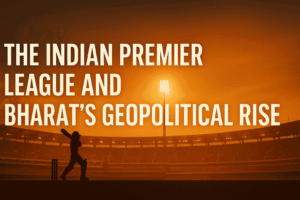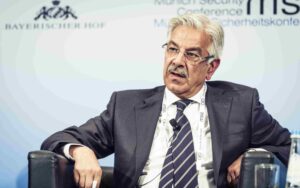“They came for my people in Pahalgam. I didn’t shout—I responded. Quietly. Precisely. While my soldiers stood firm on the ground, another war broke out—one that didn’t need bullets. It was a war of words, hashtags, and fast-spreading headlines. And in this new war, silence is not an option.”
A New Kind of Diplomacy
Diplomacy doesn’t just wear a suit anymore.
Today, it wears a smartphone.
It plays out on screens, in tweets, in reels, and in 280-character power moves. Every word is a potential weapon. Every pause—a political statement. So when terrorists attacked Pahalgam on 22 April 2025, killing 26 innocent lives, it wasn’t just an act of terror. It was a trigger for a much bigger conflict—one fought not only with missiles but with memes, narratives, and misinformation.
Proof vs Propaganda: When Reality Meets “Trust Me, Bro”
As the smoke cleared in Pahalgam, we didn’t just speak—we showed.
Satellite images. Infrared signatures. Ground intel. Target maps. Our strikes weren’t stories.
They were documented. Verified. Precise. Meanwhile, Pakistan’s Ministry of Denial had just one source:
“Trust me, bro.” No images. No proof. Just hashtags, loud anchors, and digital acrobatics.
They posted blurry videos from 2011, clips from Syria, and called it Indian failure.
And somehow, millions believed they won a war that never even existed on their terms. What a joke.
But a dangerous one.Because when a lie gets likes, and propaganda trends faster than truth, a nation starts living in a delusion.
“We destroyed 9 terror camps.”
Pakistan replied: “That’s fake, and anyway, we won.”
No facts. Just fiction—gone viral.
But I’m not here to argue with delusion.
I’m here to document reality.
Because in this age of misinformation, truth needs evidence, not just confidence.
And I, Bharat, don’t drop “bro science.”
I drop facts.
The Spark: Pahalgam and Bharat’s Swift Response
Once again, terror targeted Kashmir.
But this time, Bharat didn’t wait. On 7 May, precision strikes were launched against nine terror camps:
- 5 in Pakistan-Occupied Kashmir (PoK)
- 4 deep inside Pakistan’s Punjab province
The targets? Jaish-e-Mohammad, Lashkar-e-Taiba, and their infrastructure of hate. The message? “You hurt my people. I will strike back. No noise. No delay. “While the army neutralized threats on the ground, another battle ignited in the digital sphere.
Digital Diplomacy: Tweets, Truths, and Tension
Shortly after the strikes, US President Donald Trump (newly re-elected) took to Truth Social.He praised India, condemned the attack, and claimed:
- The US brokered the ceasefire
- Trade deals were underway due to America’s “heroic effort”
Meanwhile:
- Secretary of State Marco Rubio issued diplomatic statements and calls.
- Vice President J.D. Vance told Fox News, “It’s not our business,” contradicting Rubio a day before the State Department claimed deep involvement.
So, who was speaking for America? A diplomat or a digital celebrity? India’s Response: No Room for Confusion India swiftly set the record straight.
The Ministry of External Affairs (MEA):
- Denied third-party mediation
- Confirmed the ceasefire was a result of military-level dialogue
- Clarified: no trade deals, no credit to be claimed
Then came the final word from Prime Minister Narendra Modi.
The Modi Doctrine: Red Lines, Not Grey Areas
On 12 May, PM Modi addressed the nation with precision and resolve:
- Terrorism = War
- No talks with Pakistan except on terrorism & PoK
- Indus Water Treaty suspended until verifiable action
- Kashmir is non-negotiable—with anyone, ever
These weren’t suggestions. They were red lines.
Timeline Recap
| Date | Event |
| 22 April | Pahalgam terrorist attack (26 civilians killed) |
| 7 May | Indian precision strikes on 9 terror camps |
| 8 May | US Secretary Rubio speaks with India & Pakistan |
| 10 May | US claims credit for ceasefire – India denies it |
| 12 May | PM Modi lays out India’s new doctrine |
A Battle of Perception: Words vs. Weapons
This entire episode proves one thing: Today’s wars aren’t just about tanks and tactics.
They’re about attention, algorithms, and headlines. India’s refusal to play into the US narrative wasn’t a diplomatic stunt. It was a quiet statement of strength:
“We’re not here to trend.
We’re here to stand for truth.”
Strategic Friendship, Non-Negotiable Values
India and the United States are strong partners—economically, strategically, and diplomatically. But there are lines Bharat will never cross. Sovereignty, security, and self-respect are not talking points.
They are non-negotiables.
Bharat’s Voice: Calm, Clear, and Proud
“The world looks at its phone more than the sky these days.
So I must speak louder than the noise—louder than spin, louder than lies.
My soldiers guard the borders with rifles.
Here, in the chaos of information, I guard the truth.
I am Bharat. I remember. I respond. And I do not bend.”
Conclusion: Bharat Remembers. Bharat Responds.
In this age of viral diplomacy and headline politics, Bharat stands apart. We don’t chase hashtags. We don’t compete for applause. Because in the end, it’s not about who shouts the loudest. It’s about who stands the longest.




